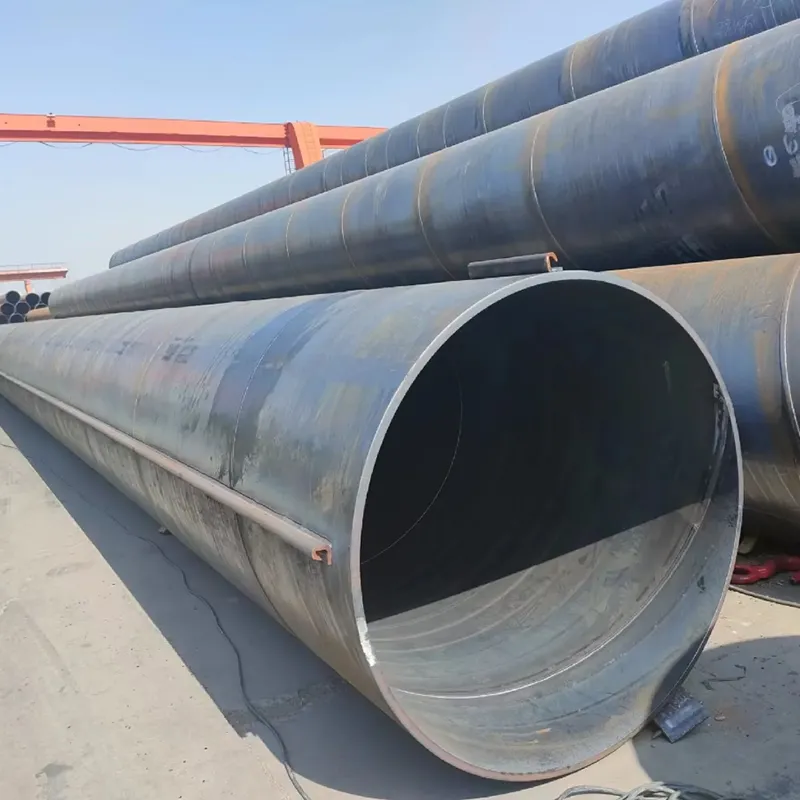-
Cangzhou Yulong Steel Co., Ltd.
-
Phone:
+86 13303177267 -
Email:
admin@ylsteelfittings.com
- English
- Arabic
- Italian
- Spanish
- Portuguese
- German
- kazakh
- Persian
- Greek
- French
- Russian
- Polish
- Thai
- Indonesian
- Vietnamese
- Zulu
- Korean
- Uzbek
- Hindi
- Serbian
- Malay
- Ukrainian
- Gujarati
- Haitian Creole
- hausa
- hawaiian
- Hebrew
- Miao
- Hungarian
- Icelandic
- igbo
- irish
- Japanese
- Javanese
- Kannada
- Khmer
- Rwandese
- Afrikaans
- Albanian
- Amharic
- Armenian
- Azerbaijani
- Basque
- Belarusian
- Bengali
- Bosnian
- Bulgarian
- Catalan
- Cebuano
- China
- China (Taiwan)
- Corsican
- Croatian
- Czech
- Danish
- Esperanto
- Estonian
- Finnish
- Frisian
- Galician
- Georgian
- Kurdish
- Kyrgyz
- Lao
- Latin
- Latvian
- Lithuanian
- Luxembourgish
- Macedonian
- Malgashi
- Malayalam
- Maltese
- Maori
- Marathi
- Mongolian
- Myanmar
- Nepali
- Norwegian
- Norwegian
- Occitan
- Pashto
- Dutch
- Punjabi
- Romanian
- Samoan
- Scottish Gaelic
- Sesotho
- Shona
- Sindhi
- Sinhala
- Slovak
- Slovenian
- Somali
- Sundanese
- Swahili
- Swedish
- Tagalog
- Tajik
- Tamil
- Tatar
- Telugu
- Turkish
- Turkmen
- Urdu
- Uighur
- Welsh
- Bantu
- Yiddish
- Yoruba

Sep . 01, 2024 11:22 Back to list
jis b 2220
Understanding JIS B 2220 A Comprehensive Overview
JIS B 2220 is a Japanese Industrial Standard that provides specifications for flanges used in piping systems across various industries. Set forth by the Japanese Standards Association (JSA), this standard is pivotal for ensuring interoperability and consistency in the manufacturing and application of flanges. As industries strive for efficiency and safety, adherence to such standards becomes essential, particularly in sectors like oil and gas, chemical processing, and water treatment.
Importance of Flanges in Piping Systems
Flanges are integral components in piping systems, facilitating the connection of various pipe sections, valves, pumps, and other equipment. They serve as a critical junction point that allows for easy assembly, disassembly, and maintenance. Given the diversity of applications, the design, dimensions, and material standards of flanges must be meticulously defined to accommodate different pressures, temperatures, and chemical environments.
Core Specifications of JIS B 2220
JIS B 2220 outlines essential criteria regarding the dimensions, materials, and testing of flanges. It includes provisions for
1. Types of Flanges The standard categorizes flanges into several types, such as slip-on, weld neck, and blind flanges, each selected based on the application's functional requirements.
2. Material Specifications The standard specifies acceptable materials for flanges, which typically include carbon steel, stainless steel, and other alloys. These materials are chosen for their strength, corrosion resistance, and temperature tolerance.
jis b 2220

3. Dimension Standards To ensure compatibility across different manufacturers and applications, JIS B 2220 defines the dimensions for flange faces, bolt holes, and overall flange size. This standardization is crucial for pipe installations where multiple components must seamlessly connect.
4. Pressure Ratings The standard categorizes flanges based on pressure classes, ensuring that they can withstand the operational conditions they will encounter in service. This classification enables engineers to select appropriate flanges for various pressure ratings critical in preventing failures or leaks.
5. Testing Requirements To maintain high safety and quality standards, JIS B 2220 outlines testing methodologies for flanges. This includes pressure testing, visual inspection, and material verification to ensure compliance with the specified standards.
Applications of JIS B 2220
Industries utilizing JIS B 2220 compliant flanges benefit from increased reliability and performance in their piping systems. For instance, in the oil and gas sector, where materials often encounter extreme pressures and corrosive substances, adhering to this standard minimizes risks and ensures operational efficiency. Similarly, in chemical processing plants, the appropriate selection and specification of flanges contribute significantly to system safety and efficiency.
Conclusion
In conclusion, JIS B 2220 plays a pivotal role in the global standardization of flange manufacturing and application. As industries continue to prioritize safety and performance, adherence to such standards not only fosters consistency but also enhances interoperability among various components. For engineering professionals and manufacturers, understanding and implementing the guidelines set by JIS B 2220 is fundamental to developing robust piping systems that meet the demands of modern industrial processes. By aligning with these standards, organizations can ensure quality assurance and minimize risks associated with equipment failure, ultimately leading to enhanced operational success.
Latest news
-
ANSI 150P SS304 SO FLANGE
NewsFeb.14,2025
-
ASTM A333GR6 STEEL PIPE
NewsJan.20,2025
-
ANSI B16.5 WELDING NECK FLANGE
NewsJan.15,2026
-
ANSI B16.5 SLIP-ON FLANGE
NewsApr.19,2024
-
SABS 1123 FLANGE
NewsJan.15,2025
-
DIN86044 PLATE FLANGE
NewsApr.19,2024
-
DIN2527 BLIND FLANGE
NewsApr.12,2024
-
JIS B2311 Butt-Welding Fittings LR/SR 45°/90° /180°Seamless/Weld
NewsApr.23,2024











